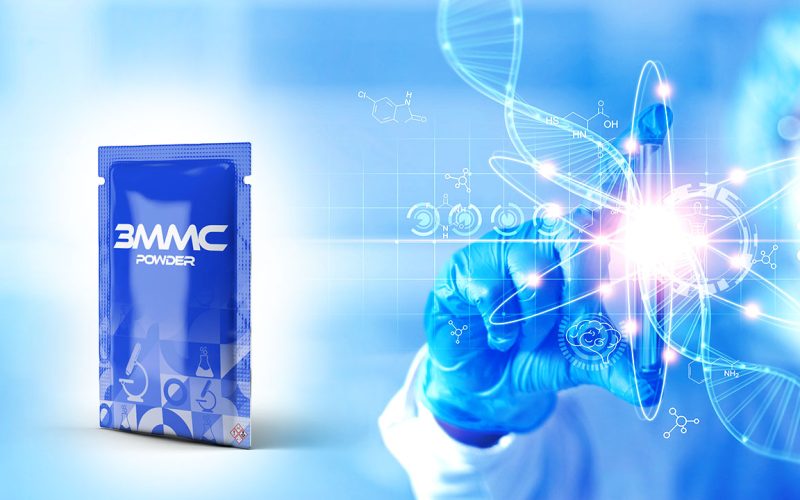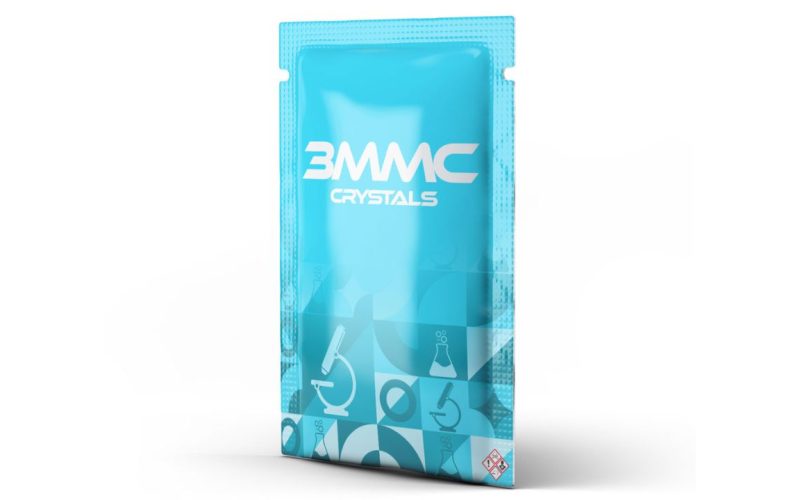
Unveiling the Difference Between MDMA and 3MMC: Risks and Realities
In the world of research chemicals, the distinction between MDMA (3,4-Methylenedioxymethamphetamine) and 3MMC (3-Methylmethcathinone) is not merely a matter of nomenclature but involves significant differences in chemical structure, effects, and associated risks. Aimimichem, renowned for its high-quality research chemicals and a specialist in 3CMC-related compounds, underscores the importance of understanding these differences, especially within the context of research and safety regulations. This exploration into MDMA and 3MMC is aimed at providing a comprehensive understanding, strictly adhering to the realms of scientific research and legislative compliance.
We only sell our products to customers aged 18 years or over, for purposes of research only.
Chemical and Physiological Differences
MDMA (3,4-Methylenedioxymethamphetamine): A psychoactive drug primarily known for its euphoric and empathogenic effects. It operates by increasing the activity of three neurotransmitters (serotonin, dopamine, and norepinephrine) in the brain. Its use can lead to emotional warmth, heightened senses, and increased energy. However, MDMA can also cause serious side effects like hyperthermia, dehydration, and potentially, serotonin syndrome.
3MMC (3-Methylmethcathinone): A synthetic stimulant from the substituted cathinone family, 3MMC is structurally related to methcathinone, sharing similar psychoactive properties. It’s known for producing feelings of euphoria, stimulation, and increased sociability. Compared to MDMA, 3MMC’s action is more biased towards dopamine and norepinephrine, affecting serotonin to a lesser extent. The health risks associated with 3MMC include increased heart rate, high blood pressure, and the potential for psychological dependency.
Health Implications and Risks
Both substances carry significant health risks, necessitating a comprehensive understanding for individuals and communities alike.
MDMA can lead to severe dehydration, hyperthermia, and serotonin syndrome, a potentially fatal condition caused by excessive serotonin activity. Its neurotoxic potential, especially with frequent use, raises concerns about long-term cognitive and psychological effects.
3MMC poses risks such as increased heart rate and blood pressure, which can lead to cardiovascular problems. The potential for dependency and the unknown long-term health effects further complicate its use outside controlled research environments.

The conversation around MDMA and 3MMC encapsulates the broader challenges facing society regarding psychoactive substances. These include grappling with issues of mental health treatment, recreational substance use, legal restrictions, and the ongoing pursuit of scientific knowledge.
For researchers and the public, the key to navigating this landscape lies in education, responsible use, and adherence to legal and ethical standards. As the scientific community continues to unravel the complexities of substances like MDMA and 3MMC, it becomes increasingly important for all stakeholders to engage in open, informed dialogue about their potential, risks, and the path forward in understanding their place in society.
We only sell our products to customers aged 18 years or over, for purposes of research only.
Have Any Questions
We've answers
According to research, MDMA primarily enhances mood and empathy by increasing serotonin levels, while 3MMC, which is known for its stimulant properties, affects dopamine and norepinephrine more significantly. Aimimichem provides data sheets that detail these effects for educational purposes.
Aimimichem specializes in providing high-quality research chemicals like 3MMC, focusing on substances legally permitted for research. While we do not sell MDMA due to its controlled status, we ensure our offerings, such as 3MMC, are rigorously tested for purity and safety, catering exclusively to scientific research.
Aimimichem provides detailed information on 3MMC’s effects, which, unlike MDMA, primarily stimulates dopamine and norepinephrine release, contributing to its distinct euphoric and energizing properties. Through extensive lab analysis and documentation, Aimimichem aids researchers in comprehensively understanding 3MMC’s pharmacological profile in contrast to MDMA’s.
Yes, Aimimichem offers up-to-date information on the legal status and research applications of 3MMC, highlighting the distinctions from MDMA, which we do not sell. This guidance helps researchers navigate the legal landscape, ensuring their work remains compliant and informed.


